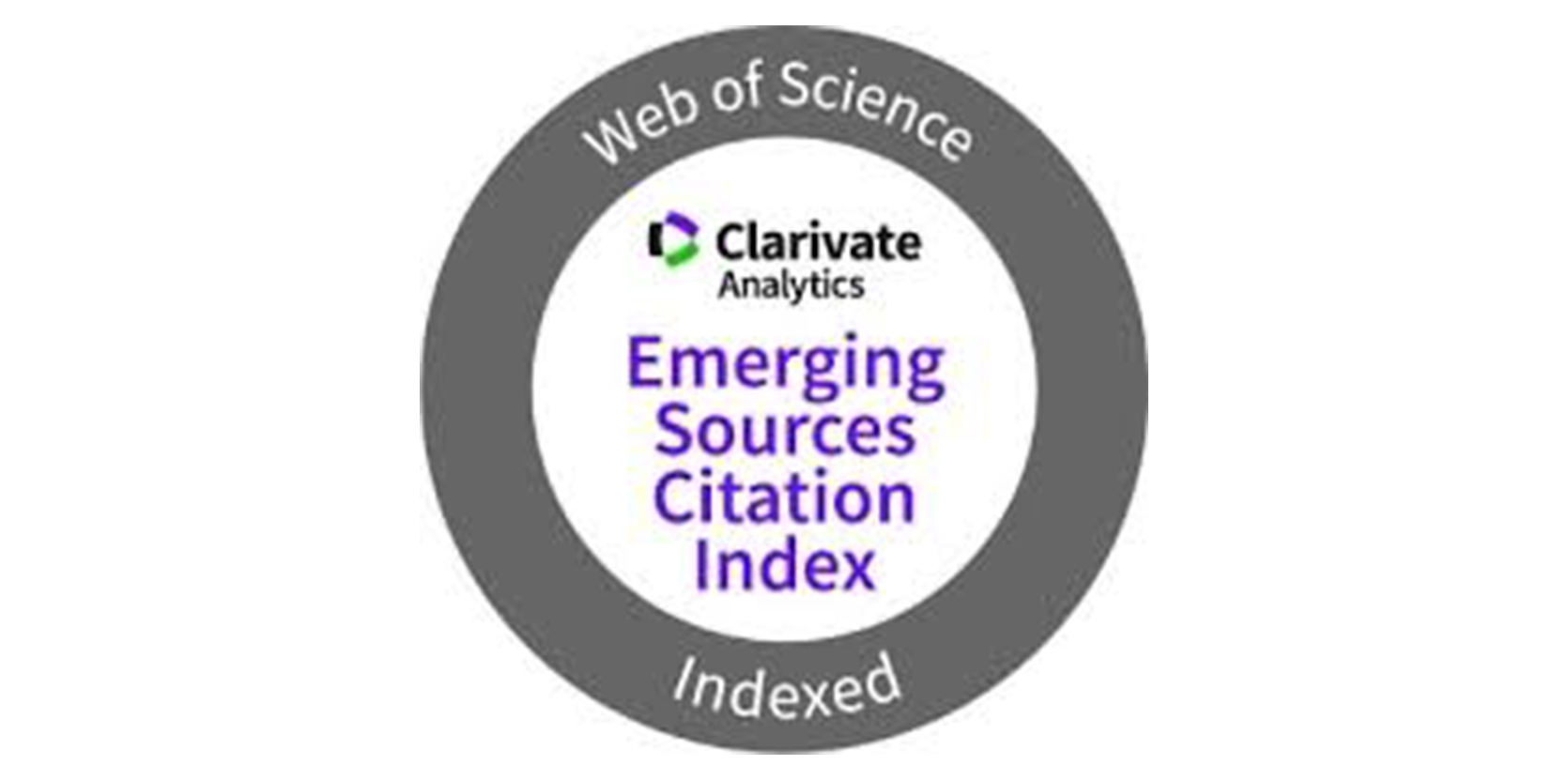Naresh Kumar
CSIR-National Institute of Science Technology and Development Studies, New Delhi, India;
УДК: 616-036.21
DOI: 10.24411/2079-0910-2021-11003
Unprecedented outbreak of COVID-19 resulted in declaration of Public Health Emergency of International Concern by the World Health Organization (WHO). China, the USA and some European countries are the most effected economies. By the end of May (2020) more than six million people were virus infected and several thousands people lost their lives. Empirical data show that the infection rate is not uniform across the nations; for example, the infection rate was slower in African countries and India as compared to other fast infected countries like China, the USA, Italy, Spain, Iran, Russia and so on. It is attempted to explore rationale behind the slower spread of COVID-19 in some countries vis-à-vis faster infection in other countries. For comparing spreading pattern two small groups comprising were considered (i) India, China, the USA, Italy, Spain, Iran & Russia and (ii) Egypt, Kenya, Nigeria, South Africa and Ethiopia It was observed that precationary measures like social distance and lockdown were the found helpful to contain constrain the transmission. Data also indicates that transmission of COVID-19 was faster with more urban population as compared to less urban countries.
Keywords: COVID-19, social distancing, epidemic curve.
Maria Rentetzi
Friedrich-Alexander-Universität, Erlangen-Nürnberg;
Max Planck Institute for the History of Science, Department I, Berlin, Germany;
Flavio D’Abramo
Max Planck Institute for the History of Science, Department I, Berlin, Germany;
Roberto Lalli
Max Planck Institute for the History of Science, Department I, Berlin, Germany;
УДК: 341.7:616.932
DOI: 10.24411/2079-0910-2021-11002
Turning everyday ordinary happenings into struggling moments for existence — from breathing
to socializing — is how the Covid-19 pandemic will mark history. What we ask here is not how
the ordinary becomes abnormal but how it becomes political and diplomatic.
We argue that the spread of the Covid-19 virus, which is measured through virologic and
epidemiological models, overlaps with feverous diplomatic and political activities taking place among
big geopolitical powers. Yet, this is not new in history of health. The first encounters between diplomats
and health professionals wereelicited by the social and economic challenges caused, on a global scale,
by the cholera epidemics of the nineteenth century.Indeed, health sciences and diplomacy have been
historically co-produced. Such a historical perspective on science and health diplomacy facilitatesour
understanding of international institutions such as the World Health Organization as highly political
and diplomatic endeavors. The Diplomatic Studies of Science, a new interdisciplinary research field
underpinned by a historical perspective on science diplomacy, sheds light on the multiple factors
contributing to the worsening of the global COVID-19 crisis we are facing nowadays.
Keywords: health diplomacy; World Health Organization; COVID-19; Diplomatic Studies of
Science.
Сравнительный обзор вспышки COVID-19 в странах с большим и меньшим уровнями инфицирования
Нареш Кумар
Национальный институт исследований науки, технологий и развития, Нью-Дели, Индия;
Беспрецедентная вспышка COVID-19 привела к объявлению Всемирной организацией здравоохранения (ВОЗ) чрезвычайной ситуации в области общественного здравоохранения, имеющей международное значение. Китай, США и некоторые европейские страны оказались наиболее пострадавшими экономиками. К концу мая 2020 г. более шести миллионов человек
были инфицированы вирусом и несколько тысяч человек погибли. Эмпирические данные
показывают, что уровень инфицирования в разных странах неодинаков; например, уровень
инфицирования был ниже в африканских странах и Индии по сравнению с другими странами, такими как Китай, США, Италия, Испания, Иран, Россия и т. д. В статье предпринята попытка изучить причины более медленного распространения COVID-19 в некоторых странах по сравнению с более быстрым распространением в других странах. Для сравнения модели распространения были рассмотрены две небольшие группы, включающие (1) Индию, Китай, США, Италию, Испанию, Иран и Россию и (2) Египет, Кению, Нигерию, Южную Африку и Эфиопию. Автор указывает, что такие меры предосторожности, как социальная дистанция и всеобщий карантин, оказалась полезными для сдерживания передачи инфекции. Данные также показывают, что передача COVID-19 происходила быстрее в более урбанизированных странах с большим количеством городского населения.
Ключевые слова: COVID-19, социальная дистанция, кривая эпидемии.










